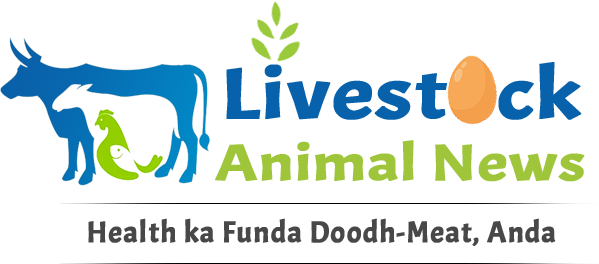New Delhi. Often bovine animals are called ‘stray’ or ‘loose’. The term ‘stray animal’ is often used in a negative sense and it seems to be an evasion of responsibility. It suggests that the animals are naturally roaming around, while the reality is that they have been deliberately abandoned. Therefore, it is correct to say that the owners of milch animals are in a way maligning these neglected and abandoned animals by calling them ‘stray’ and evading their responsibility. The root of the problem lies in the shortcomings of human behavior and livestock management. But they are actually neglected or abandoned animals. Because – they have been abandoned by their owners and are not being taken care of. This is an important aspect of the problem because it shows that it is not just an issue of ‘stray’ animals, but is also linked to human responsibility and livestock management. The problem of stray cattle is becoming serious in many states of the country including Uttar Pradesh. These bovine animals, which enter the fields and destroy crops, which their owners abandon when they are unable to produce milk, have become a cause of great trouble for the farmers. The special thing is that many of them are also pregnant, which the farmers adopt again.
The huge problem of stray cattle
In the last few years, the problem of stray cattle has taken a frightening form in Uttar Pradesh and other states. Bovine animals like cows and bulls roam freely, posing a threat to grazing crops, walking on agricultural land and sometimes even to human safety.
According to the 2020 data of the Ministry of Agriculture of the Government of India, in Uttar Pradesh alone, stray cattle cause a loss of about ₹ 5,000 crore every year, the main reason for which is the destruction of crops. This situation is a matter of deep concern for those farmers whose livelihood depends on agriculture. Given the increasing number of accidents involving both farmers and cattle, it has become imperative to find an effective and sustainable solution to this problem.
The problem of stray cattle had also become an important election issue in the last assembly elections, on which Prime Minister Narendra Modi himself spoke publicly. However, the situation did not change much after the elections.
An effective and long-term solution to this serious problem is the establishment of ‘cattle hostels’. These shelters can not only provide safe shelter to stray animals but can also prove beneficial for both farmers and the environment by effectively utilizing their waste.
Shortcomings in the efforts to solve this problem
Several schemes have been implemented by the government to deal with this problem, but they have failed to give the desired results:
Establishment of cow shelters in villages: There were plans to build cow shelters for stray animals, but their implementation was limited and ineffective. Due to lack of funds, lack of resources and increasing number of cattle, these cow shelters have not proved effective. According to a 2020 report by the Ministry of Agriculture, many gaushalas lack adequate space and facilities, and their management is often plagued by administrative inefficiency and financial crises, forcing cattle to roam freely.
Negligence in control and monitoring: The government set up control vans and catching teams to capture and collect stray cattle, but according to a 2021 report by Niti Aayog, this is a temporary measure. The number and functionality of these vans is limited, and the timing and location of catching cattle is often not correct, leading to them returning soon. Moreover, the lack of effective legal action against cattle owners leads to the problem recurring.
Flaws in crop loss compensation: The government has made a provision to compensate farmers for the damage caused to crops by cattle, but according to a 2022 report by the Indian Council of Agricultural Research, the scheme has several shortcomings. The compensation amount is often much less than the actual loss, and due to administrative delays, corruption and complex procedures, farmers do not get full benefit of it.
Poor implementation of animal protection laws and policies: The Prevention of Cruelty to Animals Act and other related laws exist for the protection of cattle, but according to a 2020 report by the Ministry of Animal Husbandry, the implementation of these laws is very weak. There is no effective system to hold cattle owners accountable for their animals, and often no action is taken. This is why the number of cattle is increasing and they are roaming without any control, causing constant losses to farmers.
Dr. Ranvir Singh
4 decades of experience in rural development related projects and policy making management

















Leave a comment